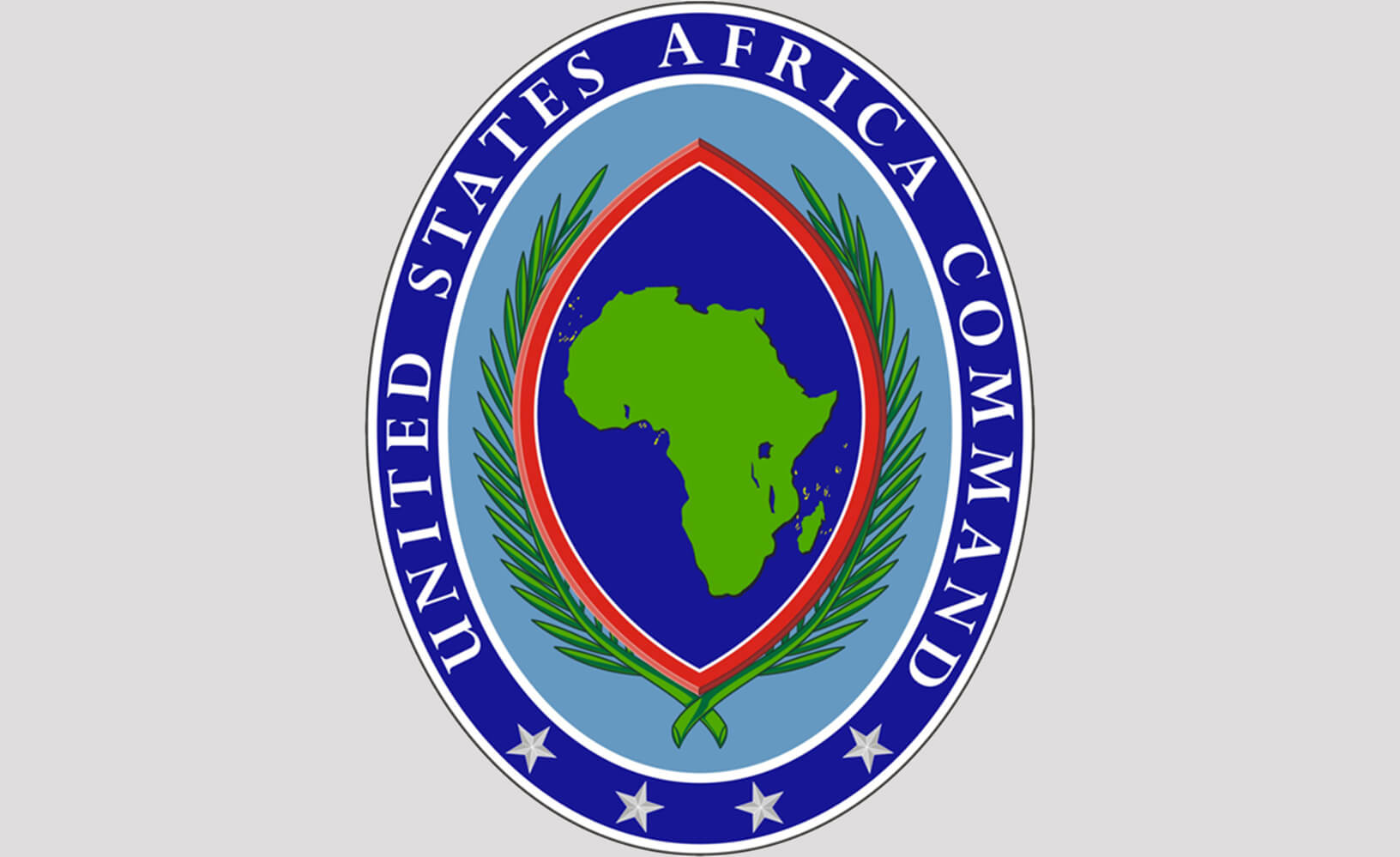
U.S. Should Renew Focus on its Africa Command
AFRICOM is uniquely positioned to forge and strengthen the partnerships essential for building long-term stability and prosperity.

AFRICOM is uniquely positioned to forge and strengthen the partnerships essential for building long-term stability and prosperity.

Successful defense across land, sea, air, space and cyberspace depends on technology that can perform reliably across multiple domains and with limited connection.

The Navy currently is composed of approximately 290 ships centered around 11 nuclear aircraft carriers. The responsibilities outlined in the strategy suggest a larger Navy of approximately 350 manned ships and 12 flattops.
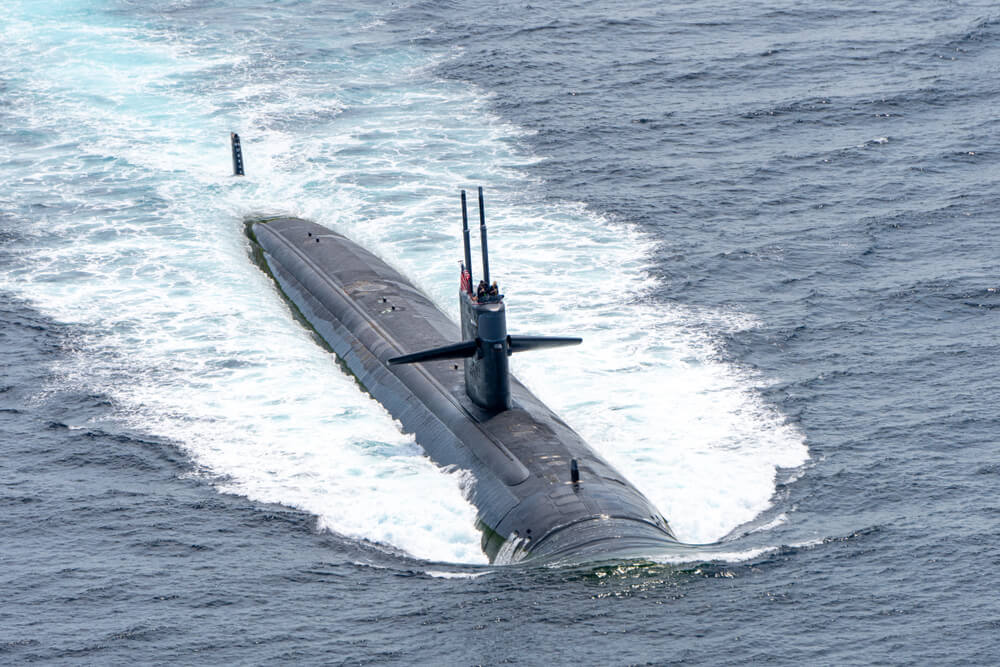
The U.S. Navy should pursue the concept of teaming manned units — like attack submarines — with unmanned units as the best method to maximize combat potential.
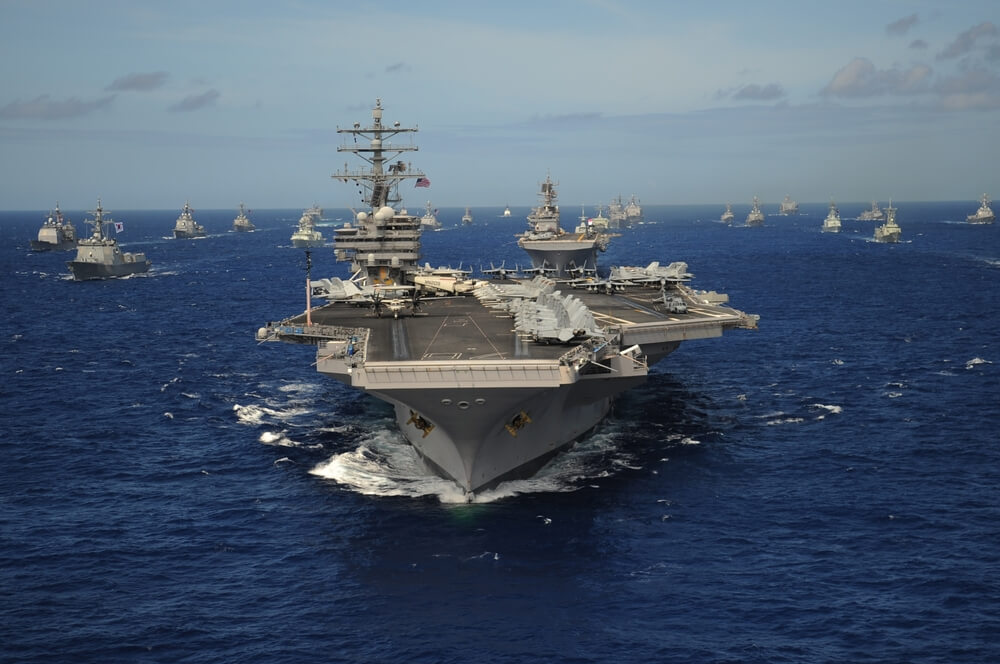
The aircraft carrier remains an incredibly flexible platform due to the infinite changes possible in its main battery air wing.
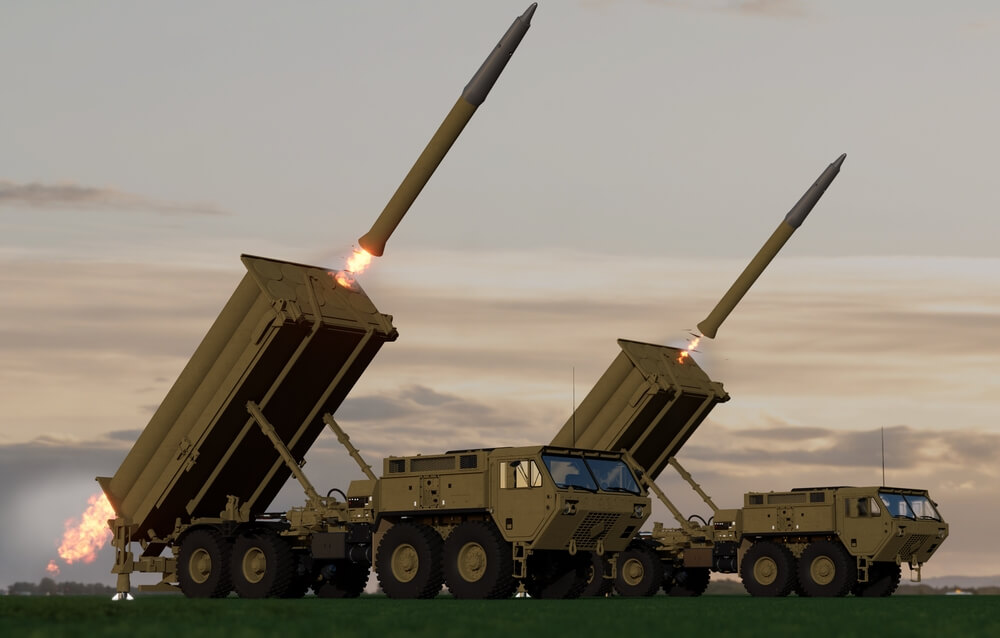
Modern air defense systems have become important instruments, shaping contemporary politics.

Defense electronics are the endgame, and scaling up mineral capacity without doing the same for electronics will lead to failure.

Three critical elements must be considered to ensure the architecture is both viable for the short term and flexible for the long term.
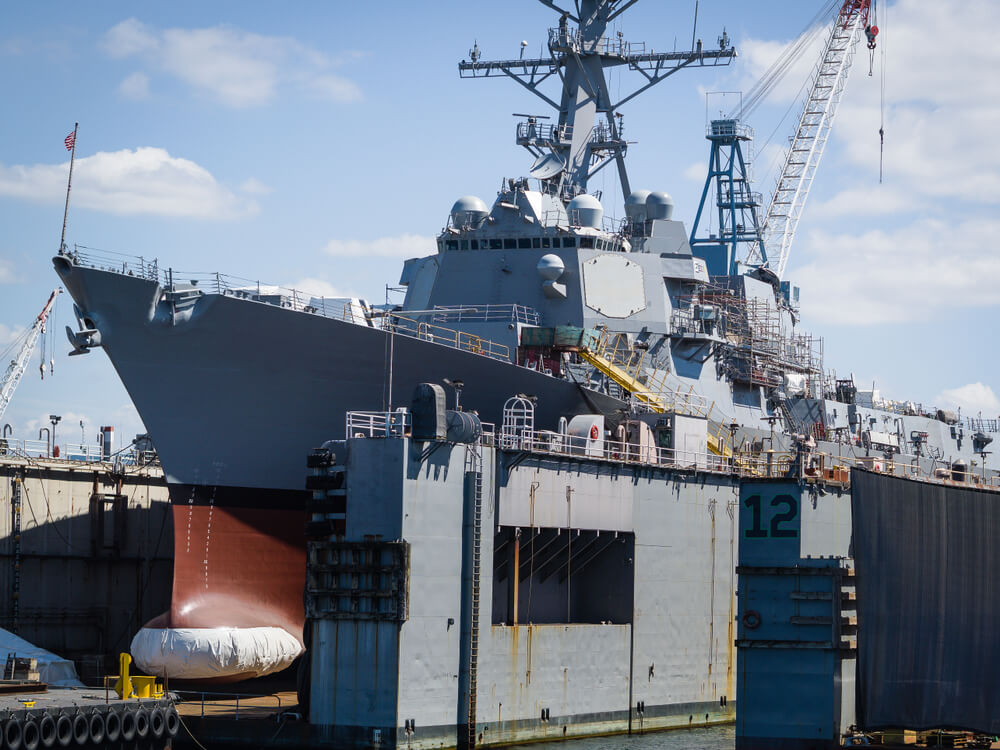
An accurate digital twin could guide Navy maintenance and avoid the costly surprises often found when shipyard workers open sections of a ship below deck and behind bulkheads.

Problems arise when the military services become infatuated with advanced technologies regardless of their relevance.

The lack of U.S. manufacturing for flat panel displays and reliance on Chinese sources present significant, potentially catastrophic risks to the U.S. military, economy and infrastructure.
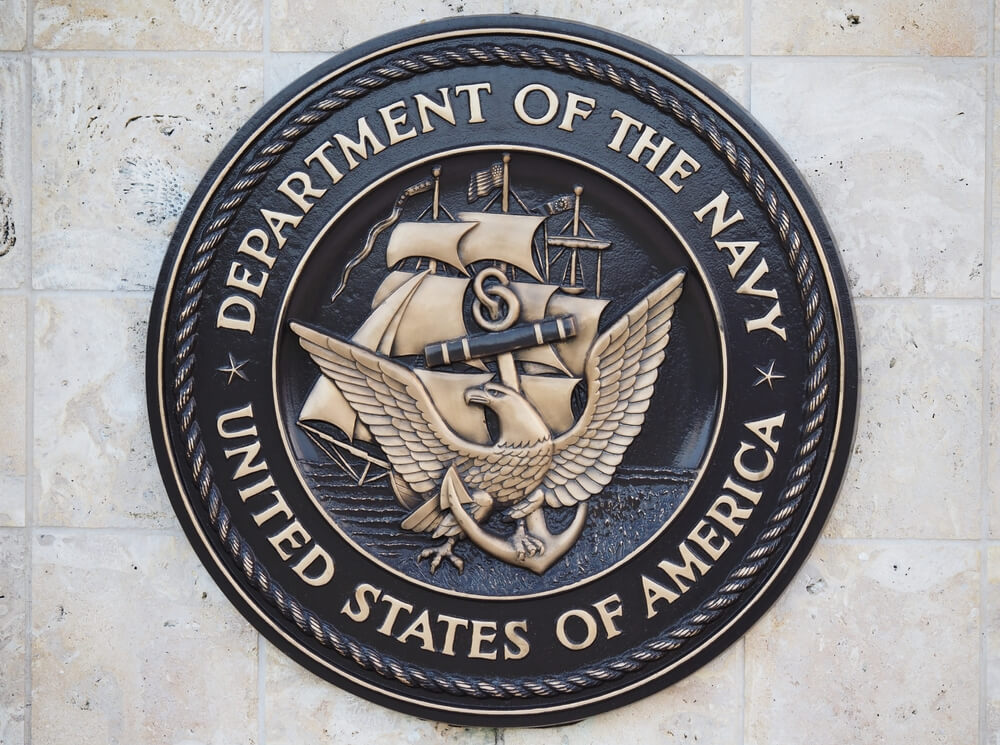
The Navy’s program executive office for unmanned systems and small combatants is potentially on the chopping block. That’s a bad idea.
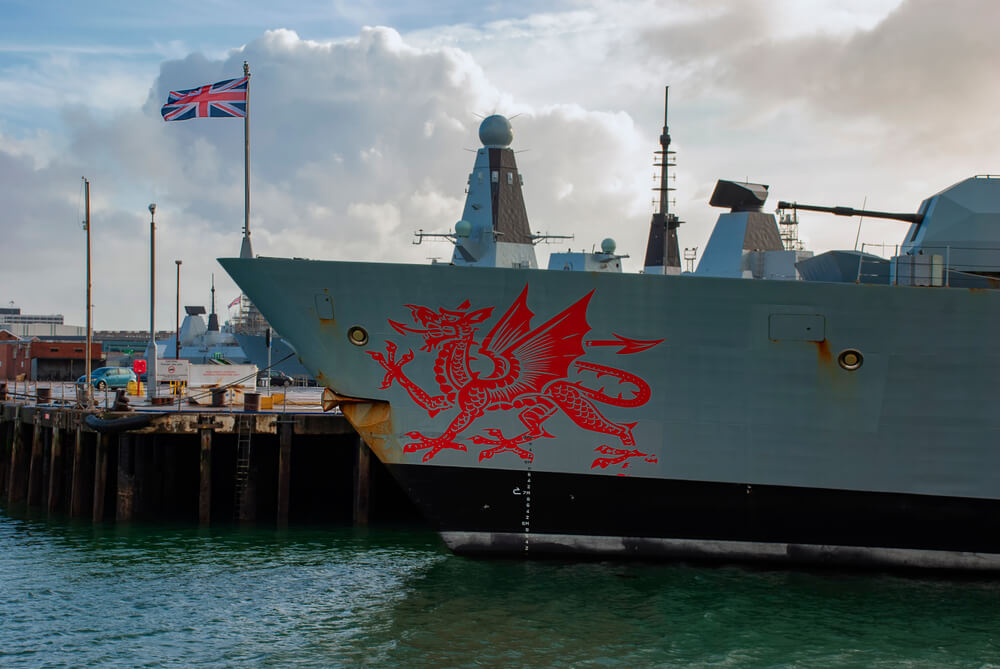
When compared with similar and more expensive U.S. warships, foreign vessels have come up remarkably short in combat capability.
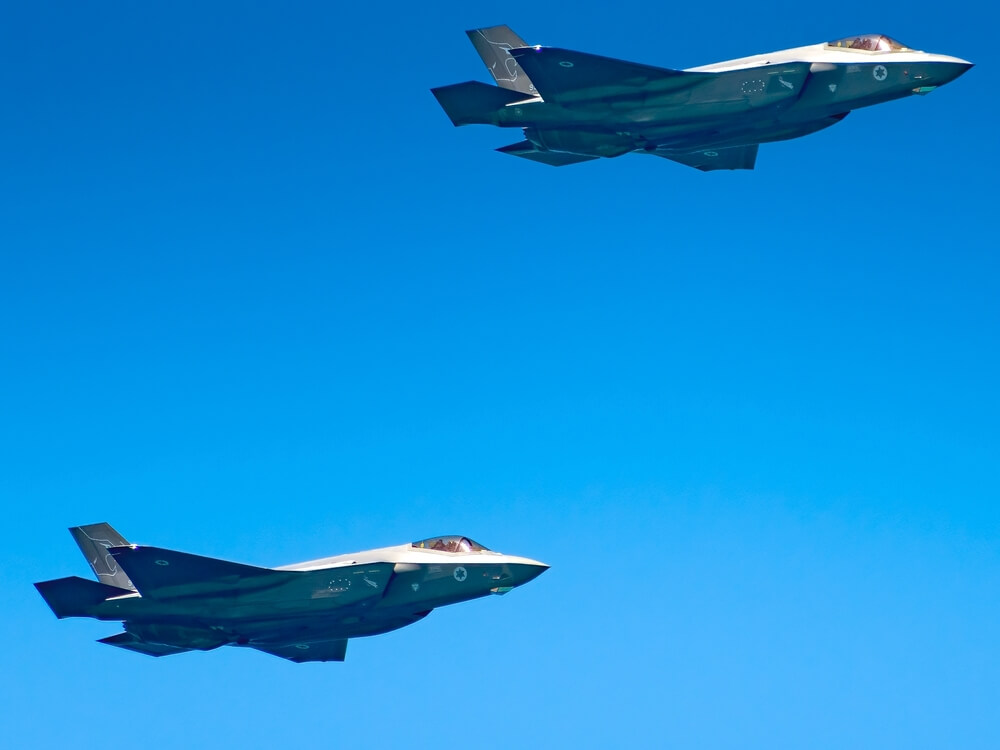
For the U.S., the lesson is clear: fifth and upgraded fourth-generation fighters are essential for maintaining operational mobility and strategic flexibility.
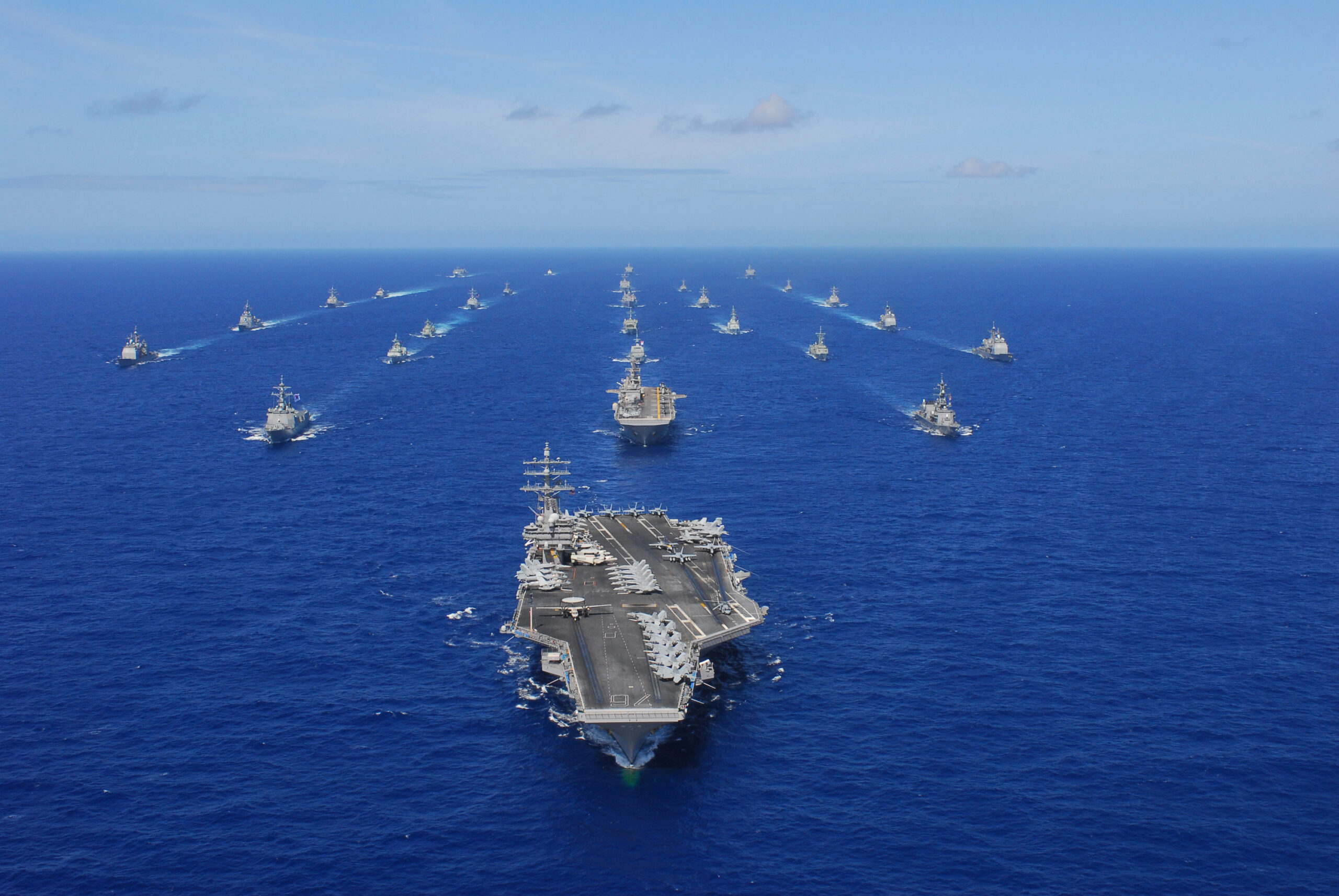
Introduction of smaller, unmanned ships as an adjunct to the existing Navy fleet solves the problem of large ships not able to distribute combat capability.

The rapid rise in housing prices across the country is the result of a housing supply deficit in the U.S. This lack of housing supply is now a defense readiness issue.

The military services are successfully embarking upon continuous improvement of the V-22, an aircraft absolutely essential to our military’s concepts of operation, especially in the Indo-Pacific.
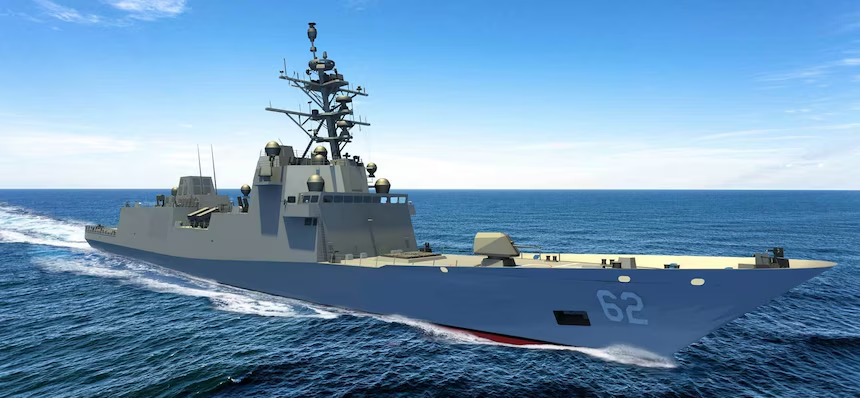
It’s time to fix the frigate, and produce it in numbers, even at the expense of the larger DDG, and pair all manned combatant ships with unmanned “sidekicks.”

But several recent developments should lead policymakers to rethink the wisdom or feasibility of clearing a “pipeline” from this critical band for 5G expansion.

Defense technology has advanced a lot since the 1980s and offers new opportunities that the U.S. is determined to seize.
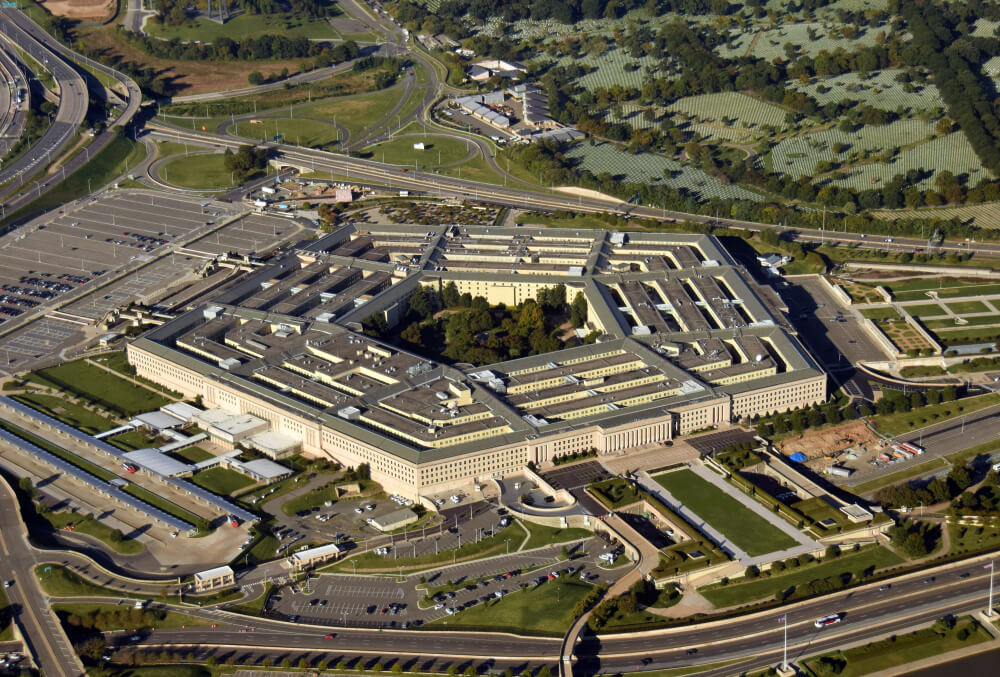
Adopting agile practices from the commercial sector allows government organizations to deliver the flexibility, innovation and readiness the mission demands while strengthening national security.
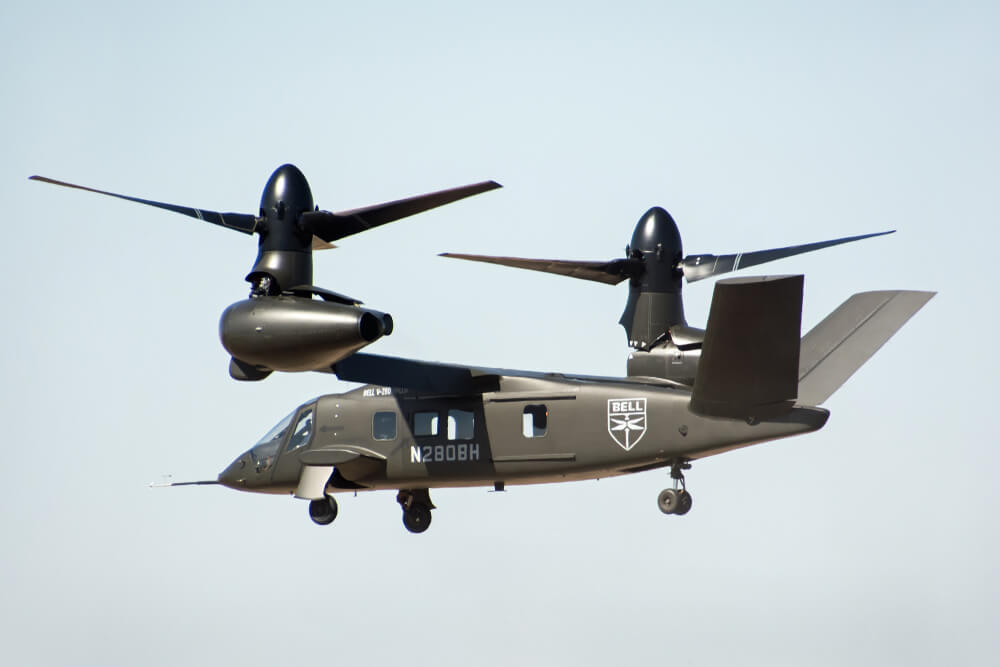
The Modular Open Systems Approach to aircraft design emphasizes the use of modular components with standardized interfaces. This allows for easier upgrades, maintenance and integration of new technologies over time.

While Russia seeks Ukraine’s subjugation in Europe and the People’s Republic of China looms as a rising danger to Taiwan across the sea in the Pacific, the military dimensions of space have grown ever more important.

No analysis has yet proven that the new auction of the lower S-band spectrum won’t impair vital military systems, now and into the future. Done wrong, an auction could disable some of America’s most advanced capabilities.

President Donald Trump and Secretary of Defense Pete Hegseth are doing the right thing as they seek to cut billions from budgets. Here are five areas they should focus on that can help guide cuts and reshape the military, with national treasure spent on capabilities and force structure we need, rather than on what we don’t.

Artificial intelligence should have a role in any unified threat intelligence strategy for the U.S. military, because of its incredible potential to accelerate production of actionable intelligence and decision-advantage workflows.
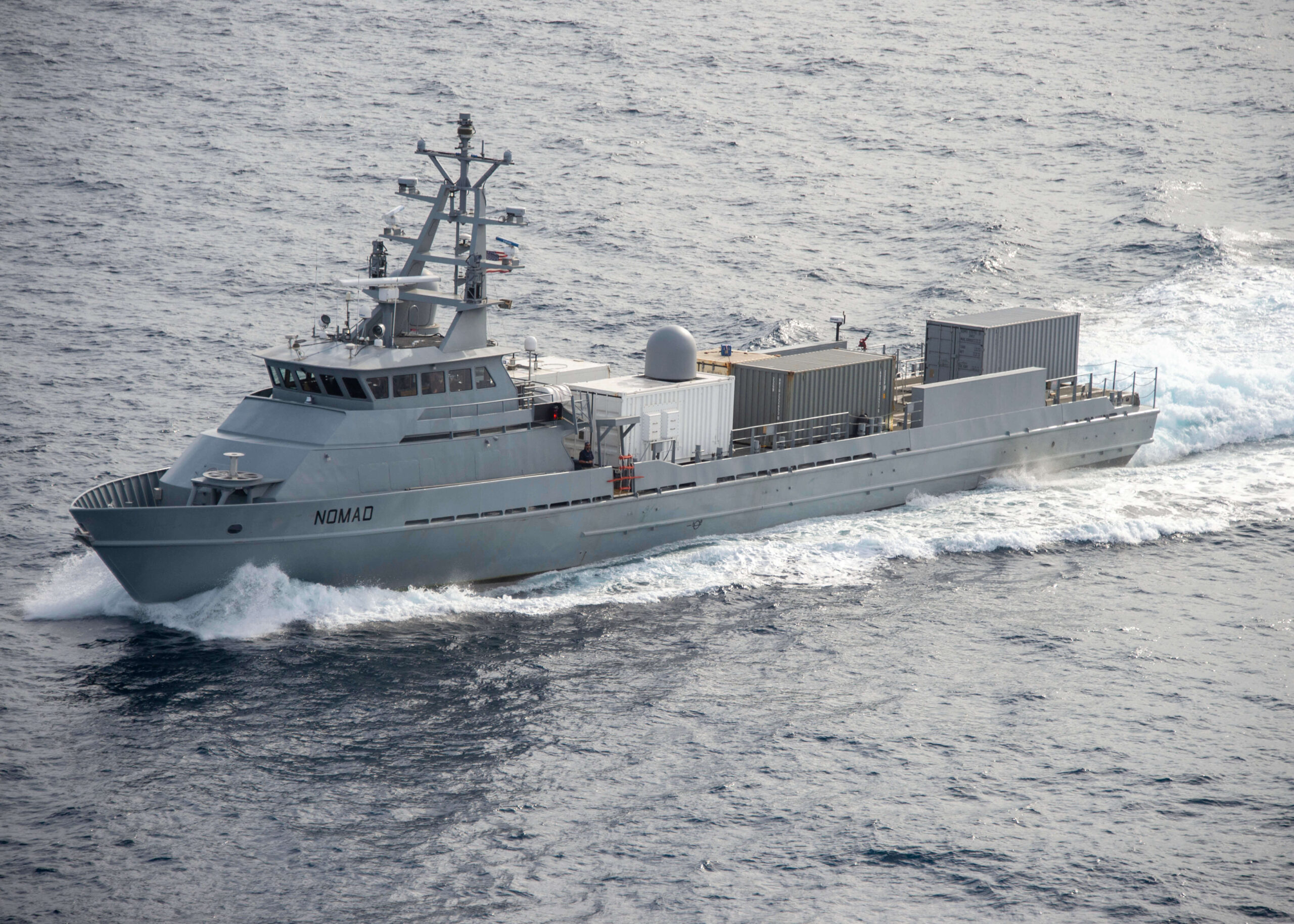
The Navy may need to produce prototypes and deploy them to combat zones like the Red Sea in order to make rapid decisions in shipbuilding acquisition.

Provoking conflicts with friends and disrespecting leaders of close allies like Canada is no way to conduct foreign policy.

The United States has ceded its leadership position in space-based positioning, navigation and timing, with stark ramifications for most all U.S. critical infrastructures and the U.S. military.
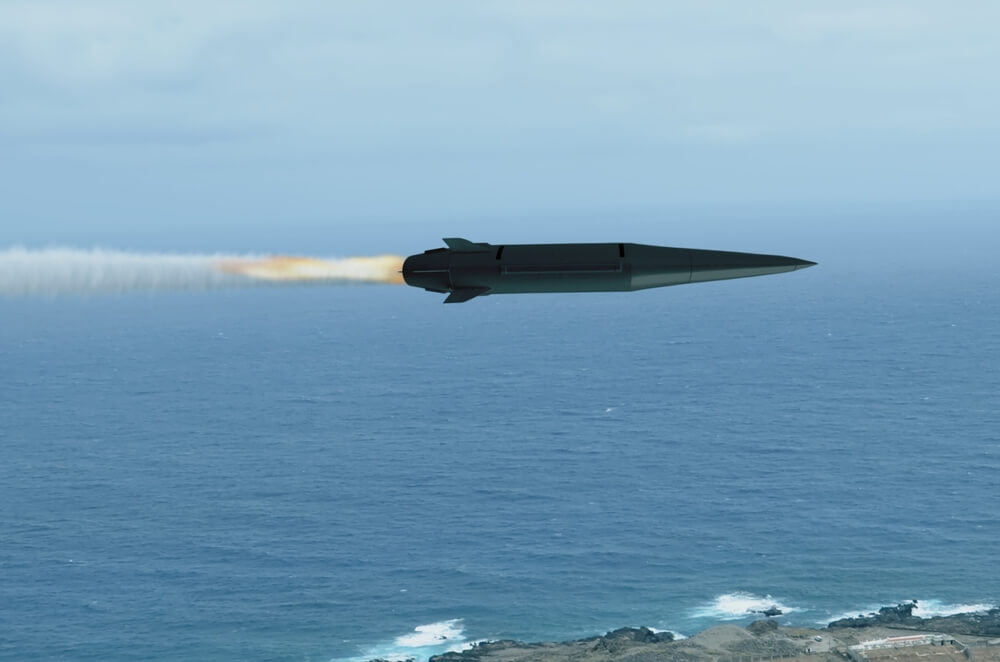
The U.S. must conduct aggressive on hypersonic and counter-hypersonic weapons, especially since adversaries have adopted precisely this mindset. A risk-averse mentality that demurs on military development will lose the United States the next war.